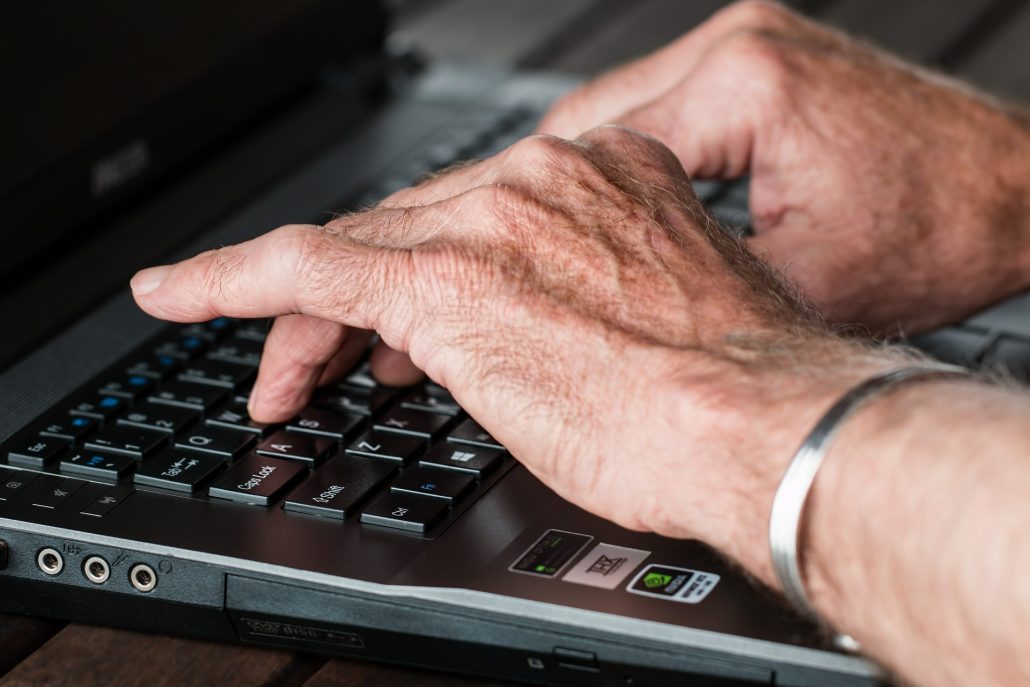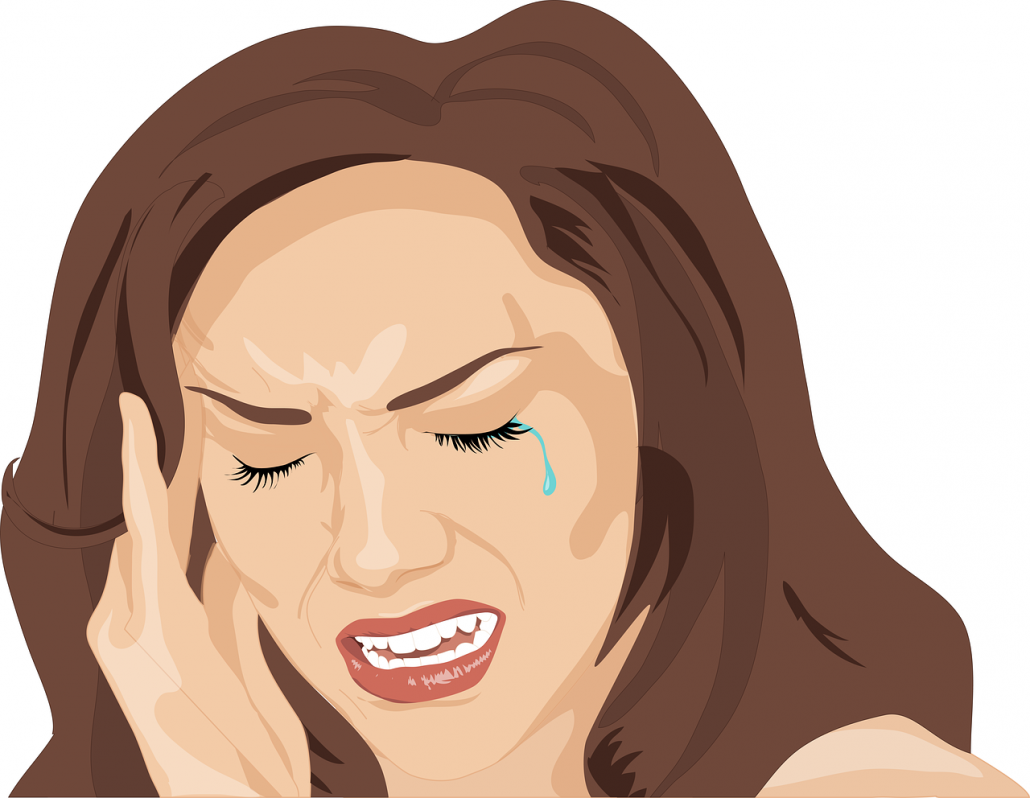Using Massage For Different Types of Pain

Chronic pain can cause misery, unhappiness and gloom to whoever the sufferer maybe. An array of medications may not be enough to ease the pain and provide comfort, leaving the sufferer looking for alternatives to help relieve their aches. Many people do not realise how frequently undertaking a massage can be used as a long term treatment for chronic pain and work complementary with prescribed medicines. More than 70 per cent of doctors prescribing their patients massage therapy in America. A survey by AMTA also found that more than two thirds of Americans would like their health insurance to cover massage therapy.
In Ancient medical practice, massage was used as a primary healing mechanism across the world. Different types of massages are used to treat a variety of pains. Not only is massage designed to ease living with chronic pain but it also encourages healing. From a young age we are nurtured with the belief that skin-to-skin contact relieves our aches and pains. When a child has a minor fall, they often expect their parent to rub the sore spot to make it better. We also often knead tense muscles after we endure the discomfort of sitting on an upright chair for too long. The same principles apply to massage for chronic pain.
Affecting a staggering 10 million people in the UK, arthritis is one of the most common conditions which affects all ages, but is usually found in those over 50. Those with arthritis endure chronic joint pain in areas such as the hips, knees, fingers and/or wrists. Arthritis initially begins as the smooth lining of the joint cartilage begins to roughen and thin out. This results in the tendons and ligaments having to work much harder and causes major swelling and pain, especially if the major loss of cartilage results on bone rubbing on bone. How fast the pain becomes onset differs between each individual, some find it to gradually appear while others experience a sudden endurance.
Doctors often advise taking painkillers and prescribe medicines such as non-steroidal anti-inflammatory drugs (NSAIDs) and corticosteroids to slow down the arthritis. However, with no proven cure sufferers often look for other forms of relief. Let us introduce you to massage therapy for arthritis.
When many of us think of massage, the traditional Swedish massage comes to mind. Swedish massage involves light, long and fluid strokes along the muscles and tissues. In turn this to boost oxygen levels and improves circulation in the affected area. This helps to eliminate soreness and stiffness in the muscles, giving the sufferer overwhelming relief.
Deep tissue massage is often recommended to those who endure severe arthritis. It designed to attend to intense pain in the muscles and connective tissues. To do this, the therapist will manipulate the top and deeper layers of the muscles, which often requires vigorous and focused strokes. While deep tissue massage can be super rewarding, it can leave lingering soreness for a few days after. (Similar of the post-effects of exercise) Because of this, deep tissue is often deemed inappropriate for some people with arthritis. Please check with your GP if the massage is suitable for you.
Arthritis sufferers are advised to book regular massage sessions to relieve symptoms of the condition. Tiffany Field, PhD, a research psychologist at the University of Miami Medical School said “massage can result in a significant reduction in pain for people with all types of arthritis.”
So, what about the facts? Well, a study by the University of California’s School of Medicine gave 53 healthy adults just one 60 minute Swedish massage session. They found that many of participants were positively affected. Vital hormones, such as oxytocin and serotonin were increased, while the ‘stress hormone’ cortisol was reduced. The inflammatory cytokines, such as IL-4 and IL-10 were also decreased. This shows that victims of arthritis do benefit from massage therapy.
Moving on to our next chronic pain, migraines. Migraines are super common, affecting 20 per cent of females and one in 15 men in the UK. Symptoms can be anything from a moderate to a severe headache, with some sufferers also enduring nausea. Migraines can last anywhere from one day to several weeks. Many often use painkillers, triptans and antimedics to ease the pain and help prevent future headaches. But with no found cure and many migraine victims being disappointed with the outcomes of the treatments, many consult massage therapy as an alternative.
If your migraine has been stimulated by stress then look no further than a traditional Swedish massage. Unlike most bodyworks used for migraine relief, the strokes are performed on the whole body, rather than limited to just the head and neck. Using the palms and hands, the therapist will undertake soft stroking, kneading and vibration techniques which increase oxygen in the blood. This ultimately enhances circulation which decreases the tension of the headache. The same strokes have also proven to boost the body’s ‘natural painkiller’ endorphins which help prevent the pain signals from entering the central nervous system.
Though improved oxygen is flow is welcomed in massage for migraines, the blood circulation should be kept steady at all times. Increased blood flow can majorly enhance the pain. To ensure this doesn’t happen, many often opt for craniosacral therapy. To do this, the sufferer is placed on their back while the therapist uses extremely light touches to gently massage the skull bones. This not only stabilises the blood flow, but also soothes the painful nerve endings.
As migraine massages have grew in popularity many researchers have put to the test how effective they are. A recent study by migraine.com found massage to ‘reduce symptoms significantly’ in 39 per cent of victims. Only seven per cent of sufferers who took part in the survey found massage to be completely ineffective at treating their symptoms.
The Touch Research Institute also gave 26 migraine sufferers two 30 minute massages every week, over a five week period. The study found that the majority of participants to have decreased pain, more headache free days and improved sleep. Higher levels of endorphins were also founds, which bocks the pain signals reaching the brain.
If you’re a victim of chronic pain maybe massage therapy is the answer for you, many therapists are trained to treat sufferers of different types of aches and discomfort. It’s advised to discuss with your GP which treatment is suitable for your pain. Please only seek massage from a reputable clinic, certified therapist or a licenced spa. Experiencing massage from an unqualified therapist could worsen your condition. Massage therapy not only helps relieves your aches and pains but also is a super relaxing activity, allowing you to switch off from your daily grinds. Kick-start your massage journey today.





